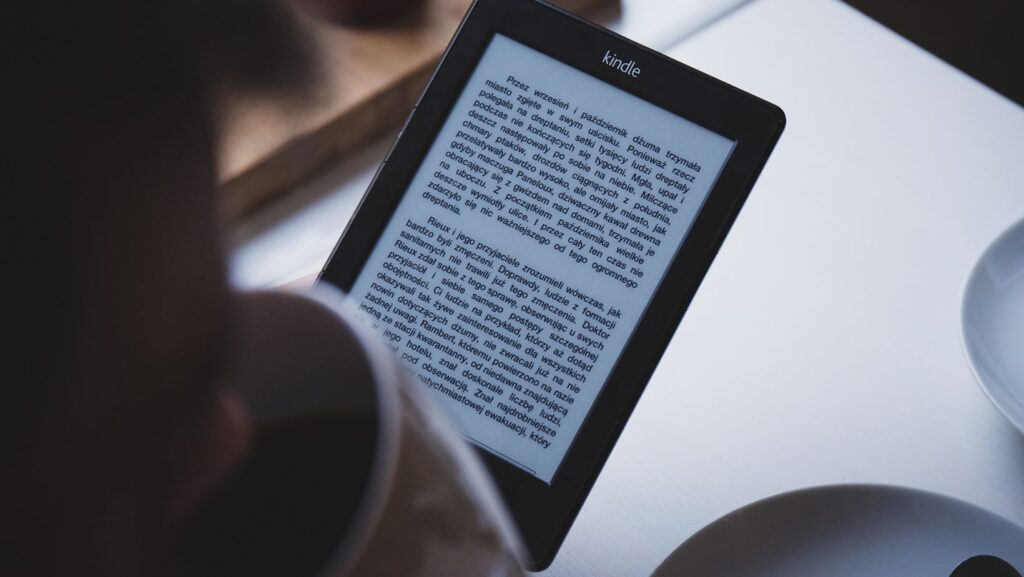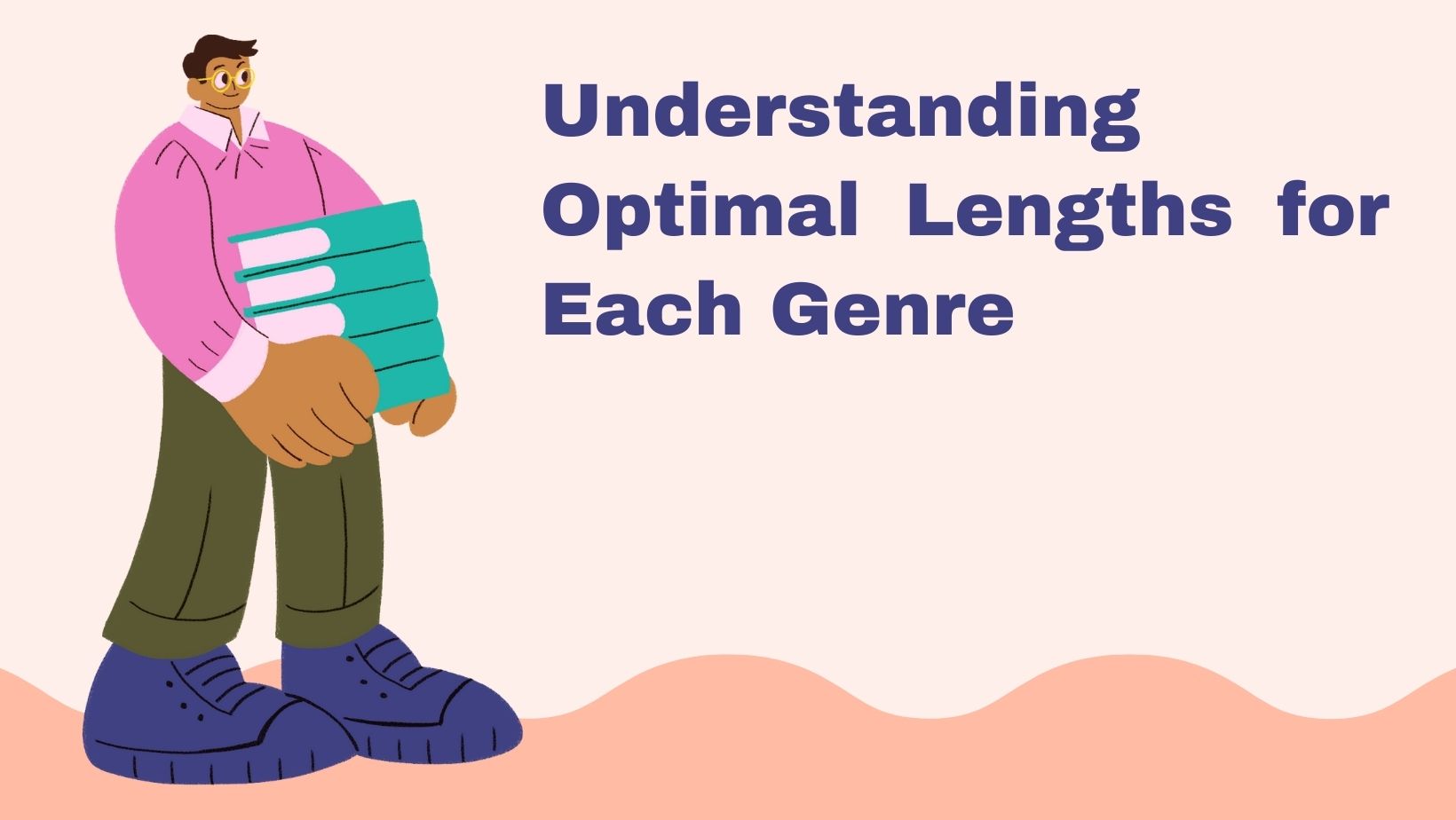Embarking on the self-publishing journey with Kindle Direct Publishing (KDP) is a thrilling endeavor for any author. However, to ensure a seamless reader experience, understanding which file formats are compatible with Kindle is crucial. In this blog, we’ll explore the various file types supported by Kindle for Authors and provide insights into which ones may best suit your needs as an author.
For authors venturing into Kindle publishing, it’s essential to grasp the array of file types and formats that Amazon accepts for content delivery. Navigating through the options can be overwhelming, leaving you uncertain about the most suitable choice for submitting your content.
In this blog post, we delve into the supported file types and formats on Kindle for Authors, shedding light on their unique features and benefits.
Table of Contents
File Types on Kindle for Authors

To fully appreciate Kindle books as an avid reader, it’s crucial to familiarize yourself with the different file types they offer. Whether you’re using a Kindle device or the Kindle app, you’ll encounter file formats such as MOBI, AZW, and PDF. Each format presents its own advantages, from text reflow to page numbers, facilitating seamless navigation throughout the book.
Understanding which file type aligns best with your reading preferences enhances your overall comprehension and enjoyment of the content. Next time you download a Kindle for Authors book, take a moment to explore its file type and unlock the full potential of your reading experience.
Advantages of EPUB Files
Electronic books, or e-books, have gained tremendous popularity, and among them, EPUB files have emerged as the preferred format for many readers. Why is that? EPUB files offer a multitude of benefits that ensure a pleasant and convenient reading experience. With adjustable fonts and sizes, EPUB files cater to readers with visual impairments, enabling them to enjoy books effortlessly.
Moreover, these files are compatible with various devices like smartphones, tablets, and e-readers. They occupy minimal storage space, empowering readers to store hundreds, if not thousands, of books without storage concerns. Delve into the advantages of EPUB files and embark on a journey you won’t want to miss.
Converting Your Manuscript
Converting your manuscript from Word to Mobipocket format is an essential step for authors aspiring to publish their work on Amazon’s Kindle platform or other popular e-readers. Luckily, transforming your manuscript into a Kindle-ready format is a straightforward process that broadens your book’s accessibility to a wider audience.
Properly formatting your work maximizes its potential and allows it to shine in the world of self-publishing. So why wait? Embark on the journey today and witness your words come to life on the digital page!
AZW3 Format on Kindle for Authors
Selecting the appropriate format for your e-book when publishing on Kindle Direct Publishing (KDP) is crucial, and one format that stands out is AZW3. What sets it apart? AZW3 permits advanced formatting options, including extended typography, enhanced layout, and CSS support. It delivers a visually pleasing experience akin to reading a printed book.
Furthermore, it supports interactive features such as pop-up footnotes and a linked table of contents. Opting for AZW3 ensures your e-book is readable on all Kindle devices and apps, enabling you to provide your readers with the finest reading experience possible. So why not choose the AZW3 format for your next KDP upload and offer an immersive reading journey?
Power of KF8 Formats (Mobi 8)
As e-books continue to surge in popularity, authors, and publishers must stay abreast of the latest available formats. One format that shouldn’t be overlooked is KF8, also known as Mobi 8. This format introduces enhanced features like fixed layout design, embedded fonts, and support for audio and video multimedia.
Embracing these features elevates the reading experience for Kindle users and distinguishes your book from others on the market. Don’t settle for basic formatting when KF8 can take your book to the next level.
HTML & CSS for Kindle for Authors

Utilizing HTML and CSS for E-Book Creation on Kindle, Readers constantly seek innovative ways to immerse themselves in their favorite books. As an author, cater to these demands and explore new avenues to reach your audience. Kindle has emerged as one of the most popular platforms for e-book distribution, offering greater customization options and design elements that elevate the professionalism of your work. If you aim to stand out in the competitive e-book market, never underestimate the power of HTML and CSS when crafting your next Kindle masterpiece.
The world of Kindle offers a plethora of file types to authors aiming to create successful e-books. From AZW3 and KF8 to EPUB and Mobi 8, understanding the intricacies of each format is crucial for making the best choice. With proper guidance and expertise, you can fully leverage the features provided by each format and revolutionize your e-book creation process. Embrace these technological advancements and bring lasting value to your readers. Contact Elite Authors today to discover the perfect file type for your literary endeavors!
Conclusion
For authors looking to self-publish with Kindle Direct Publishing (KDP), understanding the file types compatible with Kindle is crucial. The platform supports a range of file formats, including Word (DOC/DOCX), HTML, EPUB, PDF, and MOBI, among others. However, these formats are not created equal when it comes to optimizing your e-book’s readability and formatting. Kindle’s native file format is MOBI, offering the best compatibility and flexibility for different Kindle devices and apps.
Meanwhile, using the EPUB format allows for automatic conversion to Kindle format during the upload process. Word documents are also commonly used, although they may not retain complex formatting. PDFs are typically discouraged unless the page layout is essential to your book, as they don’t adapt well to different screen sizes. In essence, choosing the right file type depends largely on your book’s formatting complexity and your comfort level with each format. Understanding these nuances can help you create a seamless reading experience for your Kindle readers, thereby elevating your book’s appeal and ultimately, its success in the Kindle marketplace.



